The OBD1 system was the first known self-diagnosis system for motor vehicles, but it did not find much acclaim or gain too much traction. Hence, we got OBD2.
Let’s get to know all about OBD2 and why it is the standard on board vehicle diagnosis system out there.
What is OBD2?
OBD2 / OBDII allows users to gain insights and control of the car’s engine. It helps to find faults in the engine and other parts of the vehicle.
The system was introduced in 1996 and supports all cars manufacturered in 1996 and later. It’s also found in most minivans and trucks from the same year, but not heavy-duty vehicles.
It helps to diagnose a vehicle’s engine and shows error codes to identify performance issues.
Why OBD2 / OBD-II technology?
The OBD2 connector port
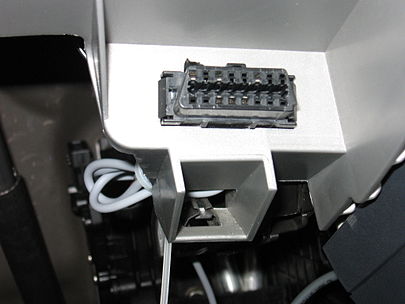
It is understood that the main aim of OBD1 was to keep the environment pollution free by minimizing the “emissions” produced by vehicles.
This was in sync with the aim of the Environmental Protection Agency, but the system failed to produce good results. Hence we got OBDII / OBD2.
OBD-II / OBD2 provides a universal method to perform an emission test and makes sure that a car passes international OEM standards. Most OBDII / OBD2 scanners can perform smog tests to ensure compliance with emissions regulations, but this is not all that OBDII / OBD2 scanners are capable of and they can do much more than that!
They can find and solve complex problems in your vehicle by identifying issues and also suggesting solutions.
OBD2 explained – A simple intro
OBD-II / OBD2 diagnostic connector
OBD2 compliant cars have a diagnostic connector port that you plug the scanner into. It is usually found in one of the following places:
- Under the dashboard.
- Underneath the steering wheel.
- Under the glove compartment.
It’s best to ask an expert or look at your vehicle’s manual if you cannot find the connector.
Typically, there are two types of OBD2 connectors: Type A and Type B. Type A and Type B OBD2 connectors both have 16 connector pins, but differ slightly in terms of their shape, as illustrated below.
Type A: This type of OBD2 connector has the standard 16 pins, with 8 pins on the upper row and 8 pins on the bottom row. Between the top and bottom rows of pins, there is a solid or uninterrupted groove (single groove) which signifies that it is a Type A connector. Type A connectors are generally found in light motor vehicles (cars) and have a power output of 12V.
Type B: This OBD2 connector also has 16 pins (with 8 pins on the top and bottom rows) but it’s a bit different from the Type A connector. The difference with the Type B connector is that it has a split groove in the center (double groove). Type B connectors are generally found in medium and heavy duty vehicles and have a power output of 24V.
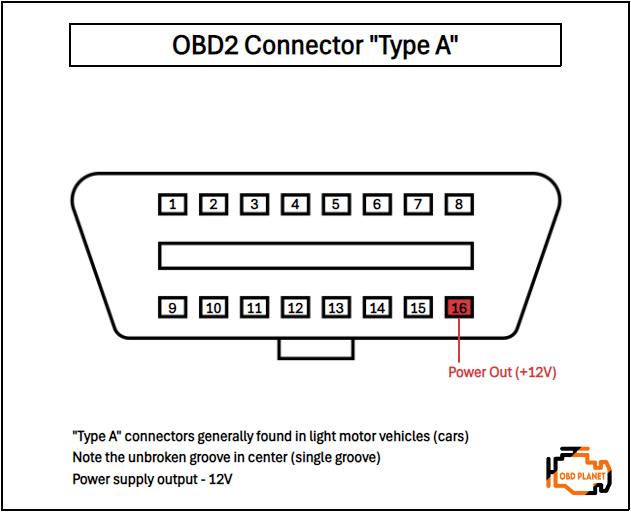
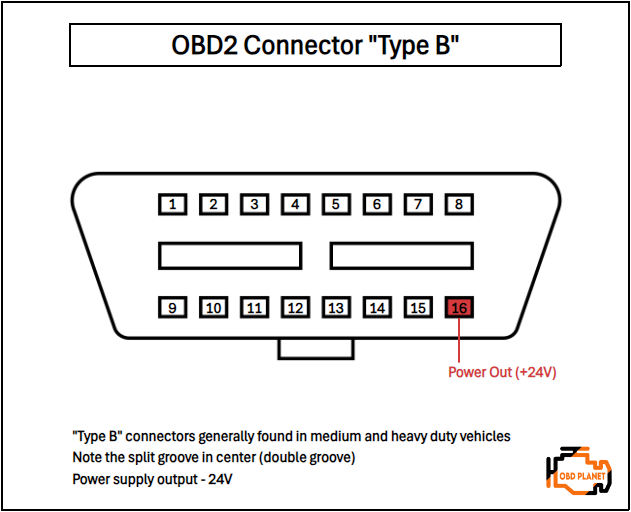
OBD2 protocols
There are commonly five different OBD2 communication protocols which affect the OBD2 connector pin layout, each of which are explained further below. Different cars have different protocols, depending on the manufacturer, model and year of your car.
Below are the five most common OBDII / OBD2 protocols:
| Protocol Name | Where is it found? | Protocol Diagram |
|---|---|---|
| SAE J1850 PWM | Generally found in older Ford, Jaguar and Mazda vehicles | 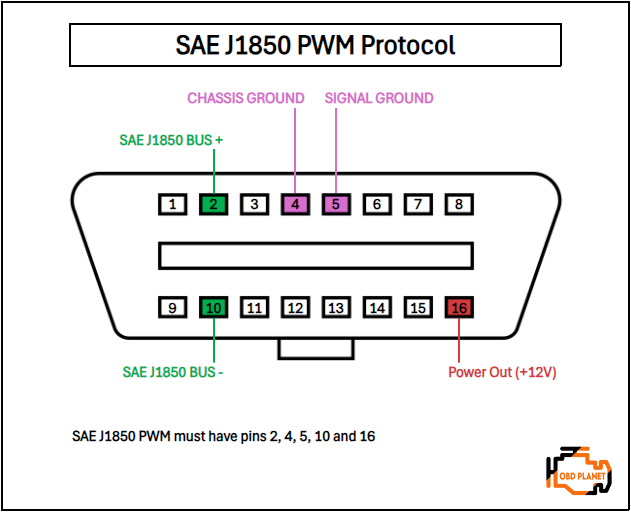 |
| SAE J1850 VPW | Generally found in older General Motors and some Chrysler vehicles |  |
| ISO 9141-2 | Generally found in older Asian vehicles, and some Chrysler and Volkswagen vehicles | 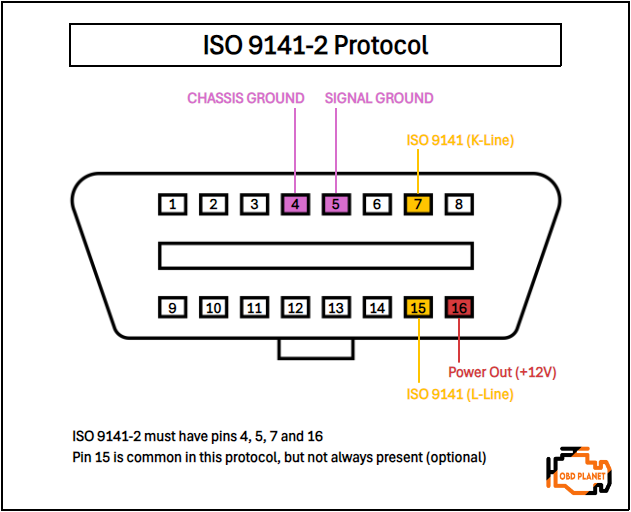 |
| ISO 14230-4 (KWP2000) | Also common in older Asian vehicles, and some Chrysler and Volkswagen vehicles | 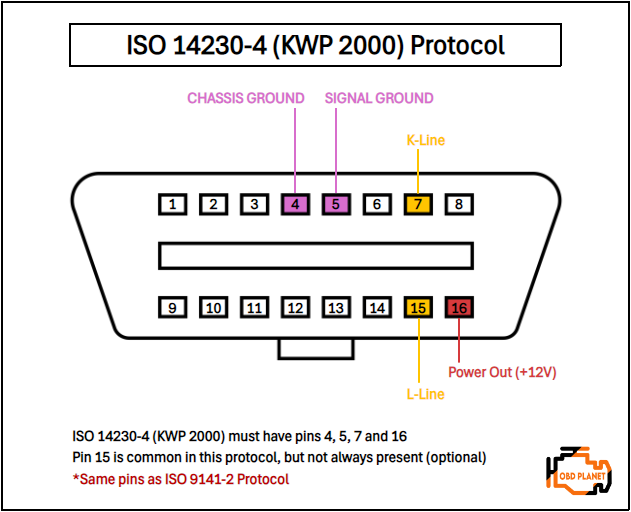 |
| ISO 15765-4 (CAN) / SAE J2480 | This is the current standard used by almost all modern vehicles and all US vehicles manufactured from 2008 onwards | 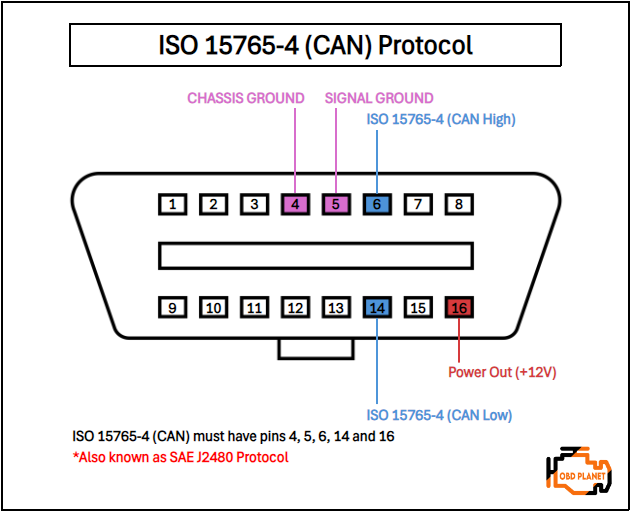 |
You can learn more about the different OBD2 Protocols (by vehicle make and model) here.
OBD2 Diagnostic Trouble Codes (DTC’s)
OBD2 DTC’s (Diagnostic Trouble Codes) are codes that are displayed by an OBD2 diagnostic tool which act as a starting point for vehicle diagnosis and point to which vehicle module the issue may be. Below are some examples of what DTC’s look like and what they mean:
Powertrain codes
- P0xxx – Generic
- P1xxx – Manufacturer-specific
- P2xxx – Generic
- P30xx-P33xx – Manufacturer-specific
- P34xx-P39xx – Generic
Chassis codes
- C0xxx – Generic
- C1xxx – Manufacturer-specific
- C2xxx – Manufacturer-specific
- C3xxx – Generic
Body codes
- B0xxx – Generic
- B1xxx – Manufacturer-specific
- B2xxx – Manufacturer-specific
- B3xxx – Generic
Network communication codes
- U0xxx – Generic
- U1xxx – Manufacturer-specific
- U2xxx – Manufacturer-specific
- U3xxx – Generic
You can follow the above guideline to give you a general idea as to which vehicle module your error or trouble code is related to (powertrain, chassis, body or network communication modules).
OBD2 Parameter ID’s (PID’s)
If a DTC is the starting point which indicates in which vehicle module an issue exists (high-level), an OBD2 PID (Parameter ID), is a more specific and standardized set of codes (used across various vehicle manufacturers and models globally), which provide specific data and information that, when analyzed, can give mechanics and technicians deeper insights into the vehicle’s operational state, helping in diagnostics, maintenance, and telematics.
Below are a few examples of some PID’s:
| PID (hex) | Description |
|---|---|
| 01 | MIL status and number of DTCs |
| 02 | Freeze DTC |
| 03 | Status of the fuel system |
| 04 | Engine load (calculated) |
| 05 | Engine coolant temp |
| 06,08 | Short term fuel trim (bank1), short term fuel trim (bank 2) |
| 07,09 | Long term fuel trim (bank1), long term fuel trim (bank 2) |
| 0A | Gauge fuel pressure |
| 0B | Intake manifold absolute temp |
| 0C | Engine RPM |
| 0D | Vehicle speed |
| 0E | Timing advance |
| 0F | Intake air temp |
And there are many more, but too many to list here!
OBD2 applications
So, what tools can you use to connect to OBD2, and how can you take advantage of the functionality that OBD2 offers? Below are some of the various tool/device options used to access OBD2, and some of the various functionalities offered by OBD2.
OBD2 Port
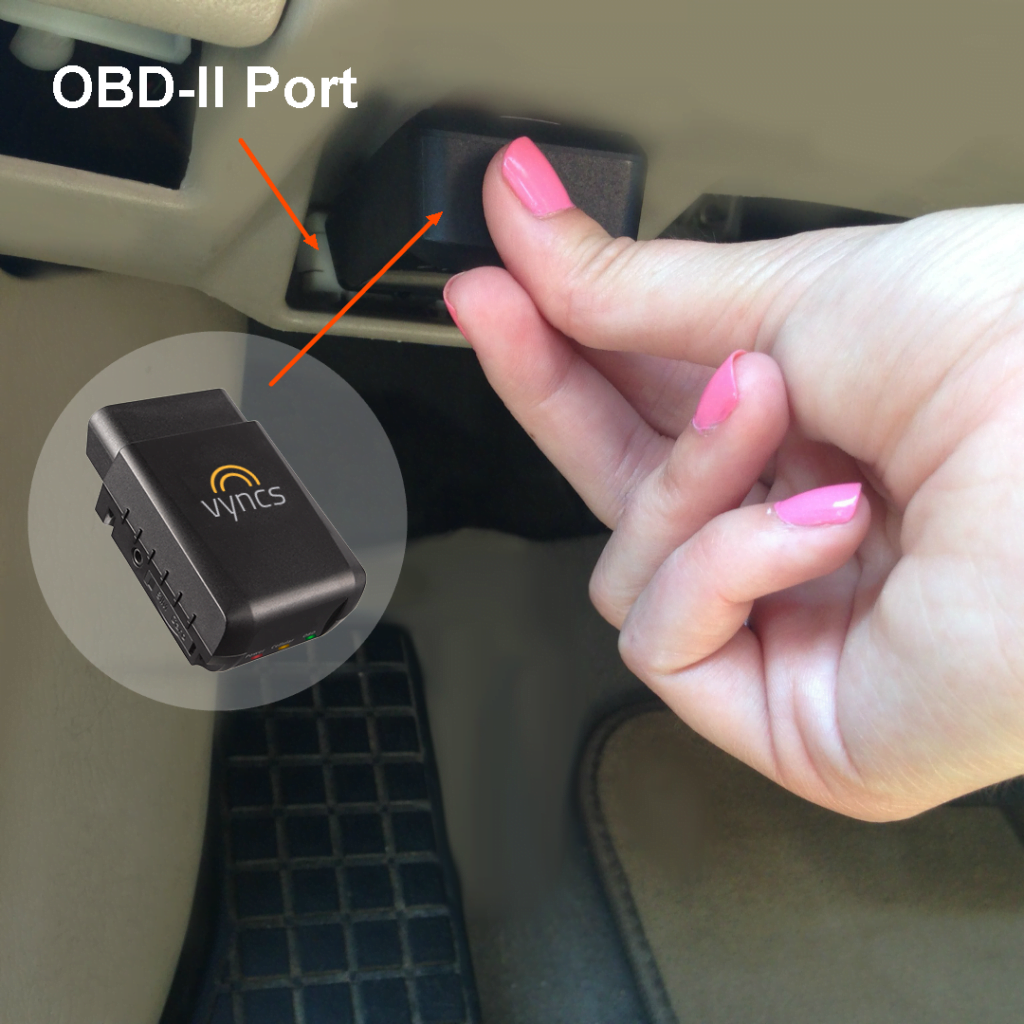
OBD2 cable scan tools
There are a plethora of corded OBD2 scan tools on the market that allow you to diagnose your car’s engine, transmission and other vehicle modules which offer easy connectivity.
Once connected, the scanner will take you to the home screen where you can navigate the menu.
Cable scan tools can perform the following functions:
- Set ECU parameters.
- Check ABS, SRS faults.
- Access and control other important modules of the car.
- Perform programming.
- Show real-time data.
Bluetooth OBD2 scanners
These scanners are cordless and support Android or iOS devices with Bluetooth functionality. You can control them with the help of mobile apps that may be paid or free.
The features you can perform largely depend on the app used to run the tool.
PC-based OBD2 software
Some diagnostic software can be operated via a computer. For this, you will need a USB cable that connects the computer to the vehicle.
The process is quite simple:
- Download and install the required software on your PC.
- Connect the PC to the OBD2 port in your vehicle with the help of a USB cable.
- Run the software and follow the on-screen instructions.
An easy to use and extremely capable OBD2 software which we highly recommend if you are in the market is TOAD Pro.
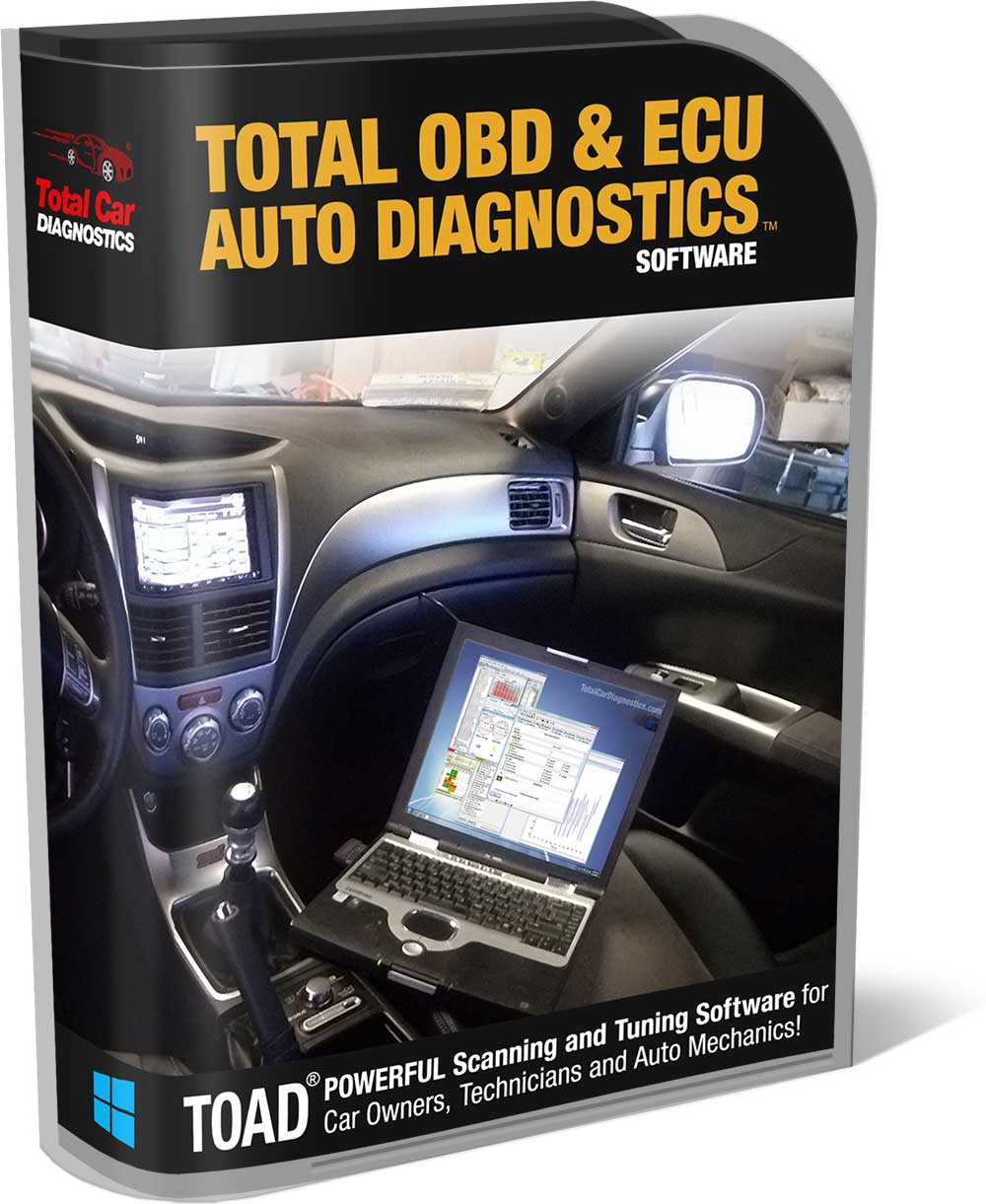
Data loggers
Data loggers can record data on SD cards. Most tools let you record data while the car is moving as such information is more secure.
The information recorded by data loggers includes GPS data, DTCs, speed, etc. You can take this data to experts for advice and also keep a record of it.
Emission testing
It is mandatory for all vehicles in the US to pass the emission testing before hitting the road.
Many OBD2 scanners can run emission tests to help you gauge if your vehicle is ready to pass the test. It helps ensure you never get into legal troubles and your car continues to meet the set standards.
Driver’s supplementary vehicle instrumentation
Some mobile apps and diagnostic software allow you, through the OBDII / OBD2 interface, to show detailed vehicle performance indicators and instrumentation for enthusiasts who want to go deeper and access detailed performance related live vehicle data.
With supplementary vehicle instrumentation software, among other things, one can monitor fuel economy, check performance information (such as vehicle speed and acceleration information) and there are even lap timers for those who like taking their vehicles on track day’s!
10 OBD2 service modes
The full 10 OBD2 service modes are:
- Service $01: Identifies what powertrain information is available to the scanner.
- Service $02: Shows freeze frame data.
- Service $03: Displays emission-related trouble codes stored. It is a 4 digit code that identifies a fault.
- Service $04: Helps clear emission-related diagnostic information including clearing stored pending/confirmed DTCs and Freeze Frame data.
- Service $05: Shows oxygen sensor related data.
- Service $06: It requests for onboard monitoring test results both for continuously and non-continuously monitored systems. It consists of a minimum value, a maximum value, and a current value for every non-continuous monitor.
- Service $07: It requests for emission-related diagnostic trouble codes found during the last or current completed driving cycle.
- Service $08: Enables the off-board test device to access onboard system operations, components, or tests.
- Service $09: Collects vehicle information such as VIN (Vehicle Identification Number).
- Service $0A: It contains stored emission-related “permanent” diagnostic trouble.
It also detects the “pending” diagnostic trouble codes found during the last or current driving cycle for emission-related components.
Technicians often use this service to perform repairs on a vehicle by clearing diagnostic information.
FAQs
❓ Does My Car Have OBD-II / OBD2?
💡 To confirm if your car has an OBD-II system, check for an OBD2 port under the dashboard. Almost all cars manufactures in 1996 or later will have an OBD2 system.
❓ How Can I Use the OBDII / OBD2 System?
💡 You will need a scanner or diagnostic software to be able to make use of the system. Make sure to pick a scanner or software that offers all the features that you need, as what you will be able do with a specific device or software will differ from unit to unit.
Once you have a tool or software, all you need is a connection (wireless or wired) and you will be able to see information about your vehicle. You will be able to perform various tests and even get rid of the Check Engine Light (CEL) on your own.
Choose a reliable app to ensure you have no trouble in using the tool and getting the desired results.
Bottom line
An OBD2 system is the currently used vehicle computer system found in all modern vehicles. It helps technicians and mechanics identify and diagnose problems with vehicles and can be very useful in a number of applications.



